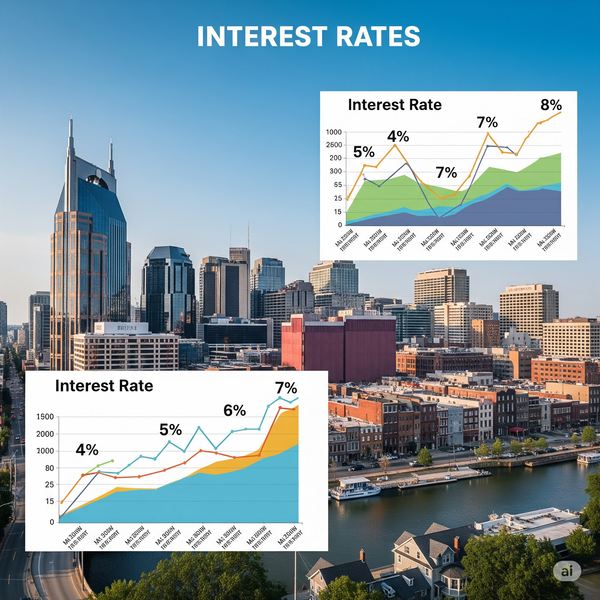Virtual Treatment for Anxiety and Depression: A Comprehensive Guide

Virtual Treatment for Anxiety and Depression
Discover how virtual treatment for anxiety and depression works, its effectiveness, and how to find the best online therapy options. Learn about telehealth CBT, insurance coverage, and more.
Introduction
In today’s fast-paced world, mental health struggles like anxiety and depression are increasingly common. Fortunately, advancements in telehealth have made virtual treatment for anxiety and depression more accessible than ever. Whether you're dealing with generalized anxiety disorder (GAD), major depressive disorder (MDD), or situational stress, online therapy offers a flexible, stigma-free way to seek help.
This guide explores the effectiveness of virtual therapy, different treatment modalities, how to find a qualified provider, and answers to frequently asked questions. By the end, you’ll have a clear understanding of whether online cognitive behavioral therapy (CBT), virtual exposure therapy, or telehealth counseling is right for you.
How Effective Is Virtual Treatment for Anxiety and Depression?
1. Research-Backed Effectiveness
Multiple studies confirm that online therapy is just as effective as in-person sessions for treating mild to moderate anxiety and depression. A 2018 meta-analysis published in World Psychiatry found that internet-based CBT (iCBT) significantly reduces symptoms of anxiety and depression, with long-lasting results.
Key findings:
- Virtual CBT has a success rate comparable to face-to-face therapy (Journal of Anxiety Disorders, 2020).
- Telehealth mindfulness programs help reduce depressive symptoms (JAMA Psychiatry, 2021).
- Virtual reality (VR) therapy is particularly effective for phobias and PTSD (Frontiers in Psychology, 2022).
2. Who Benefits Most from Online Therapy?
Virtual treatment is ideal for:
✔ Individuals with mild to moderate anxiety or depression
✔ Those with busy schedules or limited mobility
✔ People in rural areas with few local therapists
✔ Those who prefer anonymity and reduced stigma
However, severe cases (e.g., suicidal thoughts, psychosis) may require in-person care.
Types of Virtual Treatment for Anxiety and Depression
1. Online Cognitive Behavioral Therapy (CBT)
CBT is the gold standard for anxiety and depression treatment. Virtual CBT includes:
- Structured sessions via video calls
- Interactive worksheets and exercises
- Real-time feedback from licensed therapists
Best for: Generalized anxiety, panic disorder, depression.
2. Virtual Exposure Therapy
Used primarily for phobias, OCD, and PTSD, this method gradually exposes patients to feared stimuli in a controlled, virtual environment.
Example: A person with social anxiety might practice public speaking in a VR simulation.
3. Telehealth Mindfulness & Meditation Programs
Apps like Headspace and Calm offer guided sessions, while therapists incorporate mindfulness into online DBT (Dialectical Behavior Therapy) for emotional regulation.
Best for: Stress management, recurring depressive episodes.
4. Online Support Groups & Group Therapy
Platforms like 7 Cups and SupportGroupsCentral provide peer-led and therapist-moderated discussions.
Best for: Those seeking community support alongside individual therapy.
How to Find the Best Virtual Therapist for Anxiety & Depression
1. Check Credentials & Licensing
Ensure your provider is:
✅ Licensed in your state/country (laws vary)
✅ Specialized in CBT, DBT, or trauma therapy if needed
2. Verify Insurance Coverage
Many insurers now cover telehealth mental health services. Check with:
- BetterHelp, Talkspace, Brightside (if using a platform)
- Your employer’s EAP (Employee Assistance Program)
3. Read Reviews & Try Consultations
Most platforms offer free initial consultations to assess fit.
4. Consider Therapy Apps vs. Traditional Telehealth
- Apps (e.g., Woebot, Wysa): AI-driven, low-cost, but less personalized.
- Live Video Therapy: More tailored, higher cost, often insurance-covered.
Pros and Cons of Virtual Treatment for Anxiety & Depression
|
Pros |
Cons |
|
✔ More accessible (no commute) |
❌ Not ideal for severe mental
health crises |
|
✔ Flexible scheduling |
❌ Internet/tech issues may
disrupt sessions |
|
✔ Reduced stigma & privacy |
❌ Some prefer face-to-face
interaction |
|
✔ Often more affordable |
❌ Licensing restrictions
(therapists must be state-licensed) |
Frequently Asked Questions (FAQ)
1. Is online therapy effective for anxiety and depression?
Yes, numerous studies confirm that virtual CBT and other online therapies are as effective as in-person treatment for mild to moderate cases.
2. How much does virtual therapy cost?
Costs range from $60–$150 per session without insurance. Some platforms (BetterHelp, Brightside) offer subscription plans ($200–$400/month).
3. Does insurance cover online therapy?
Many Medicare, Medicaid, and private insurers now cover telehealth mental health services. Always verify with your provider.
4. What’s the best online therapy for social anxiety?
Virtual exposure therapy and CBT are most effective for social anxiety. Platforms like TalkSpace and Brightside specialize in these treatments.
5. Can I use virtual reality (VR) for anxiety treatment?
Yes, VR therapy is particularly helpful for phobias, PTSD, and social anxiety, offering immersive exposure in a safe setting.
6. How do I know if virtual therapy is right for me?
If you have mild to moderate symptoms, a stable internet connection, and prefer convenience, online therapy could be a great fit.
Conclusion
Virtual treatment for anxiety and depression has revolutionized mental healthcare, making therapy more accessible, affordable, and stigma-free. Whether you opt for online CBT, virtual exposure therapy, or telehealth mindfulness programs, evidence shows these methods work.
If you're considering virtual therapy, research providers, check insurance coverage, and take advantage of free consultations to find the best fit. With the right approach, telehealth can be a lifeline for managing anxiety and depression effectively.



